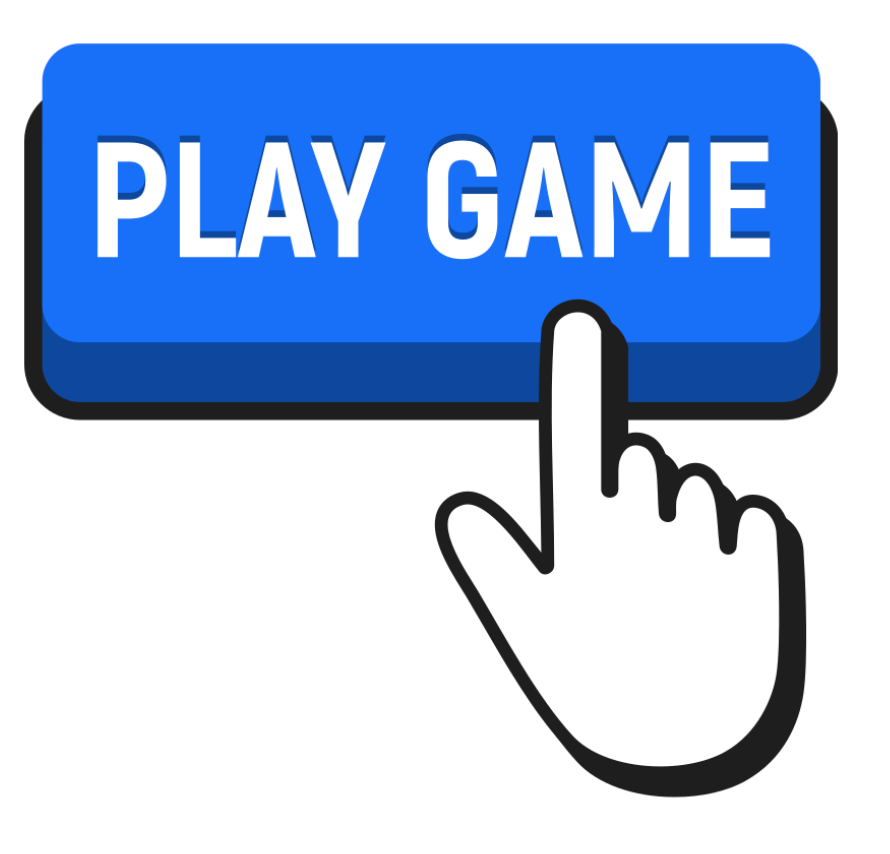
MODULE 3.01
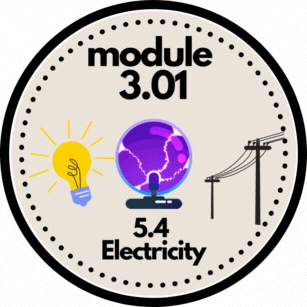
The student will demonstrate an understanding of scientific and engineering practices by
a) electricity flows through conductors but not insulatorsb) electricty flows through closed circuits;
c) static electricity can be generated by rubbing certain materials together
d) electrical energy can be transformed into radiant, mechanical and thermal energy; and
e) a current flowing through a wire creates a magnetic field
What is Electricity?
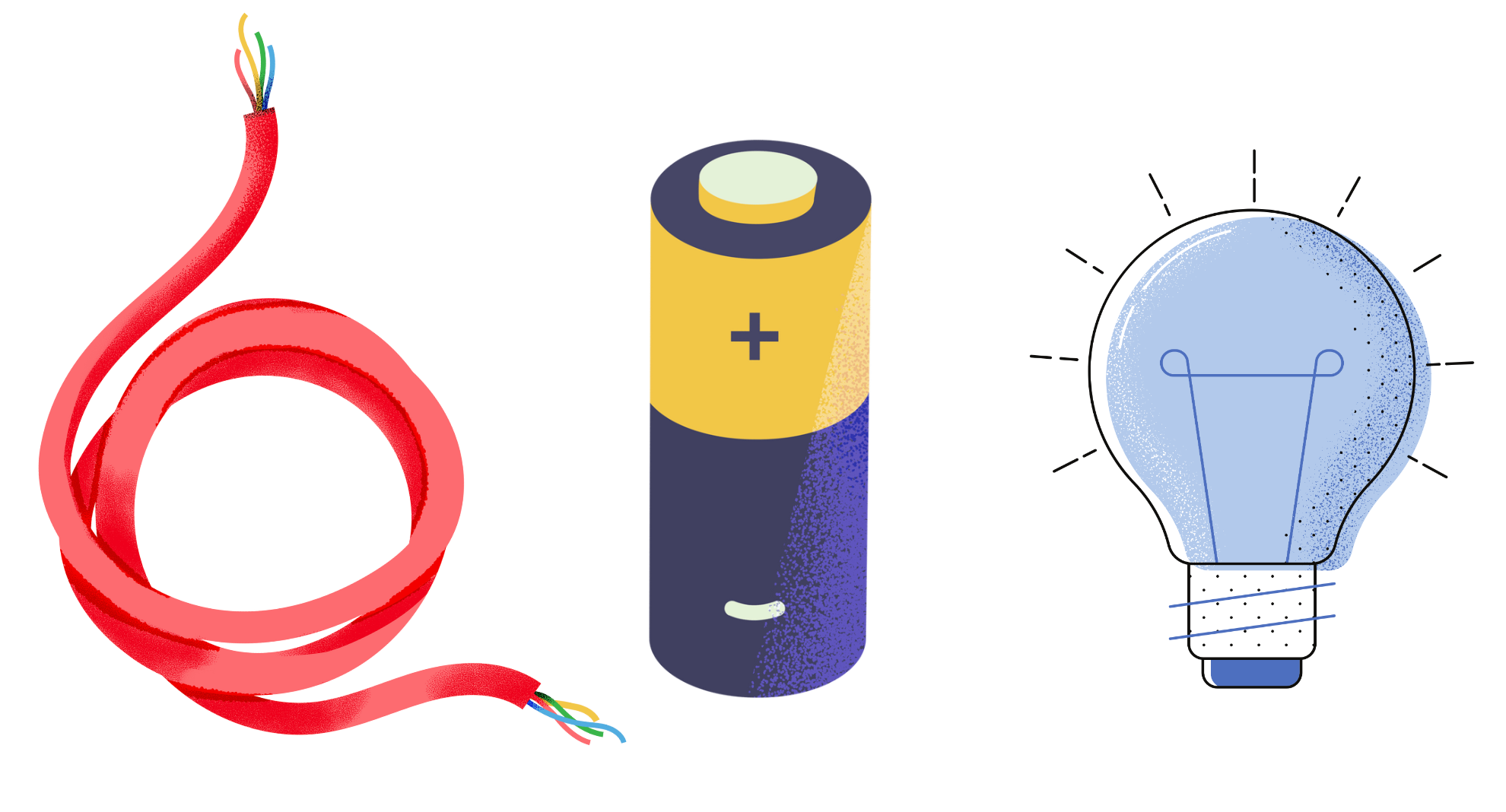
|
An electrical current is a closed loop with a continuous flow of negative charges (electrons). The pathway taken by an electrical current is called a circuit. In order to build a simple circuit you must have an energy source (battery), a light bulb and a conductor (wire).
Let There Be Light!
If there is a continuous path in the circuit, the electrons can travel in a continuous loop. This will allow for movement of the electrical energy. The light bulb bulb will light. |
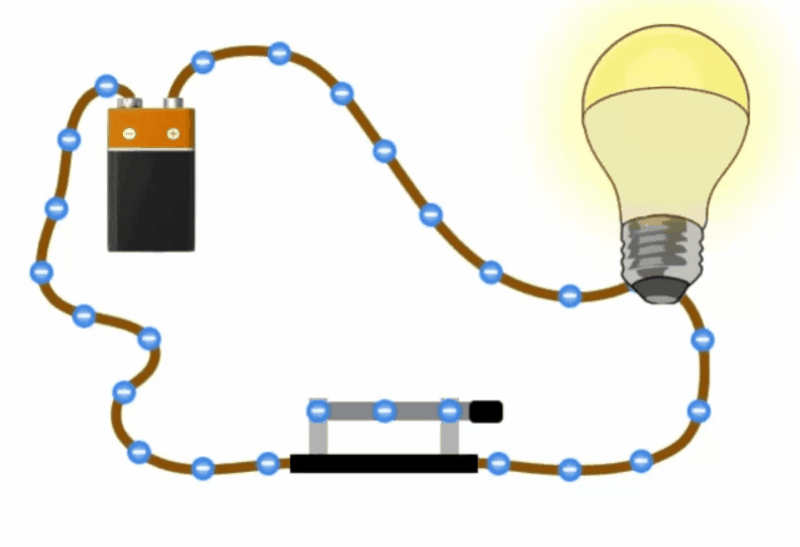 |
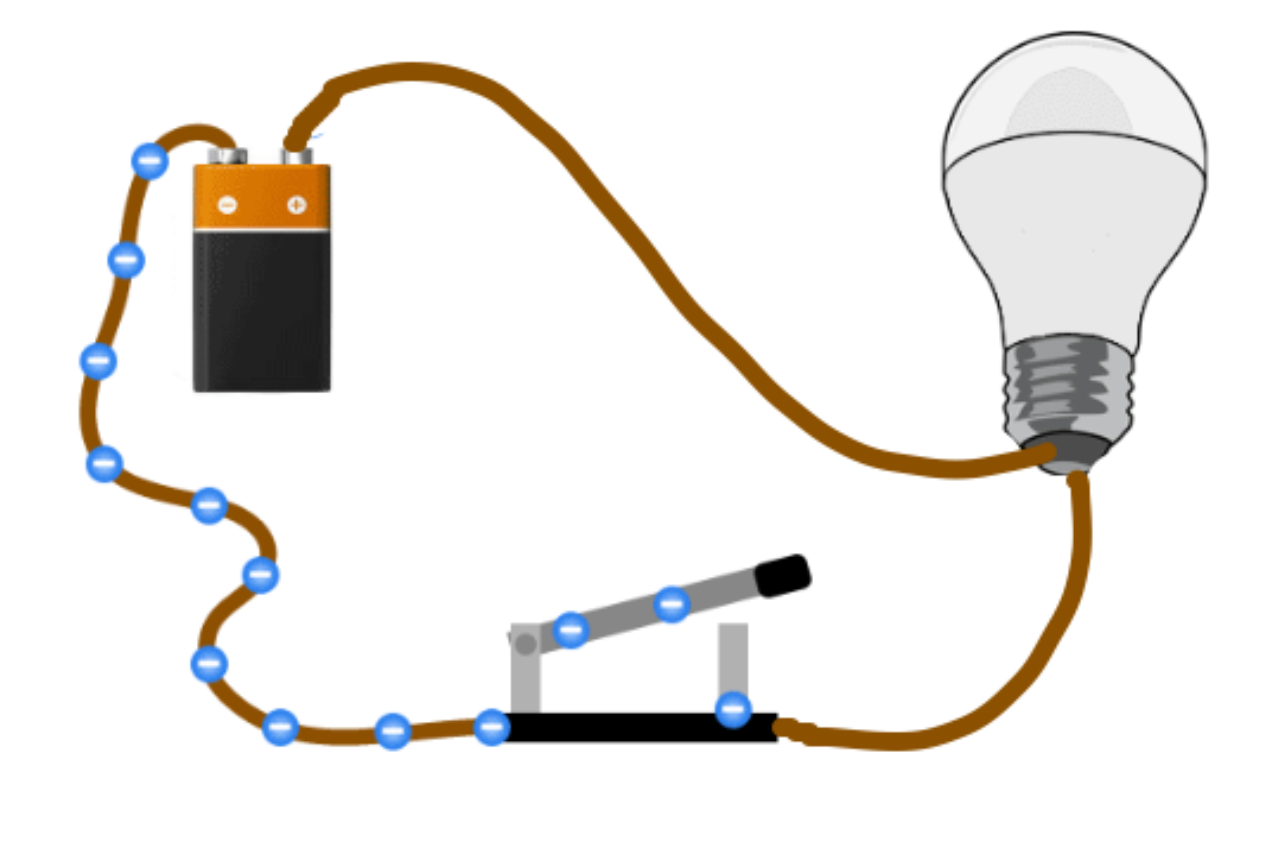 |
If there is a break in the circuit, the electrons can not travel in a continuous loop. This will not allow movement of the electrons. The light bulb will not light. |
Give it a Try!
Next, click the down arrow until you get to the list of materials (dollar bill, paper clip, coin, eraser, pencil). Select a material from the toolbar by clicking on it, and then click on the workbench area to place it. Connect components by clicking and dragging wires from one component to another. You can also rotate components if needed. Experiment with different materials to see if they are examples of conductors or insulators. Notice if they cause an open circuit or closed circuit.

